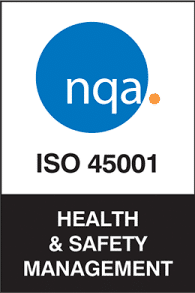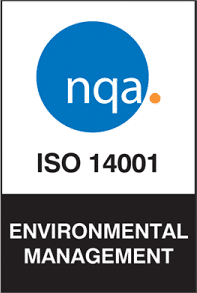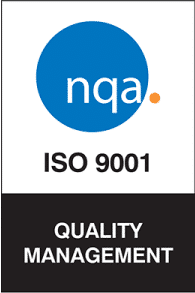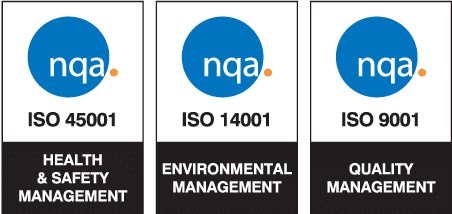
Knowing and controlling greenhouse gas emissions and the carbon footprint is one of the key issues for the European Union to become a competitive carbon neutral economy by 2050.
According to the agreement with the Kyoto Protocol, GHG (greenhouse gases) are: carbon dioxide (CO2), methane (CH4), nitrous oxide (N2O), hydrofluorocarbons (HFCs), perflourocarbons (PFCs) and sulphur hexafluoride (SF6). Greenhouse gas emissions are classified as direct and indirect, and are differentiated as Scope 1, 2 and 3 emissions:
- Scope 1: these are direct emissions correspond to those that are controlled by the company. For example: fuel combustion, company vehicles or fugitive emissions.
- Scope 2: these are indirect emissions from the generation of electricity purchased and consumed by the company. For example: purchased electricity, heating and steam.
- Scope 3: all other indirect emissions that are a consequence of the company’s activities but occur at sources that are not owned and controlled by the company. For example: products and services purchased, business travel, employee commuting, waste disposal, etc.
How can a company calculate its carbon footprint? By identifying the company’s direct and indirect sources of emissions. Once identified, the level of activity of these sources is analysed and related to the emission factors specific to each source. The final result will have to be transformed into tonnes of CO2 equivalent.
Once a company’s carbon footprint has been calculated, the important thing is to draw up a plan to reduce the impact generated by the company.






